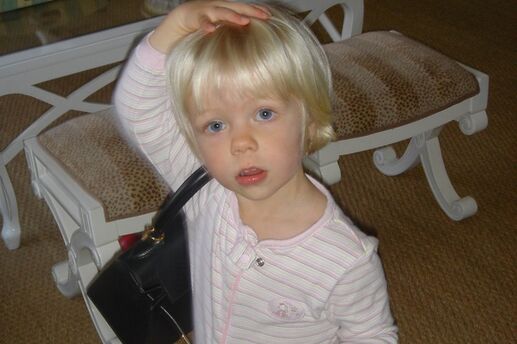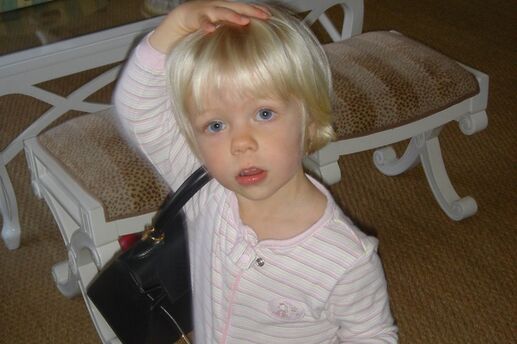Help Your Toddler Reach Self-Care Milestones
After your little one’s first birthday, you may witness a transition from needy newborn to take-charge toddler. If you’re wondering if your tot’s ready to reach such toddler milestones as using a spoon and brushing her teeth, here are some telltale signs that she is up for the challenge.
Toddler milestone: Self-feeding with utensils
Is she ready? Your little one has probably mastered the pincer grasp, a child development skill that allows her to pick up small objects between the thumb and forefingers, and is enjoying her first finger foods. By 15 months, she may show interest in using a spoon and try to grab it from you when you feed her; by 18 months, she may be able to handle the spoon pretty well (and get most of the food into her mouth). Keep plenty of paper towels handy -- things are going to get messy!
How you can help: It’s important to support your child on her journey toward this toddler milestone by letting her attempt to feed herself, even if the majority of her peas and pasta miss her mouth. Make the process safer by investing in rubber-tipped spoons so your child can learn to self-feed without hurting her gums. Use unbreakable dishware that can survive multiple tumbles from the high chair to the floor. Designs that suction to your child’s high-chair tray instead of sliding around can make mealtimes easier for both of you.
Toddler milestone: First steps
Is she ready? Many toddlers take their first steps after their first birthday. Signs your child is ready include rolling around, scooting, and climbing stairs using hands.
How you can help: Make sure your baby gets plenty of tummy time from early on. Strong back muscles, which your baby develops when she lies on her tummy and lifts up her head, are required for walking. To help her develop them, place her favorite toy just out of reach during tummy time and watch her try to get it. Or move the toy from left to right to encourage her to lean in different directions. When your child does eventually put one foot in front of the other all by herself, be prepared for a whole new level of parental watchfulness!
Toddler milestone: Teeth brushing
Is she ready? Your child won’t have the coordination to take over the toothbrush task completely until age 6 or 7, but if she shows interest before then, you can let her practice polishing her baby teeth.
How you can help: Most dentists encourage parents of young children to first let their child brush her teeth independently, and then to do a thorough follow-up cleaning afterward. If your toddler is reluctant to brush, encourage her by letting her pick the color of her toothbrush and also a fun cup to rinse out her mouth with when she is done.
Watching your child become more independent can be exciting for both of you, but don’t rush the process. It’s okay if your child is reaching milestones at different times than other kids her age.







